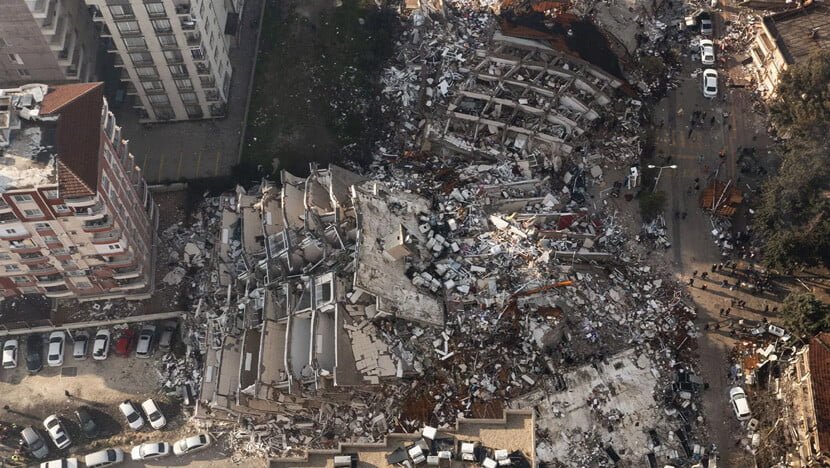Earthquakes are one of the natural disasters that can occur worldwide and pose a serious threat to human life and property. Especially structures that are not earthquake-resistant can suffer significant damage during an earthquake, leading to casualties. In this article, we will examine the reasons for the collapse of buildings during earthquakes and the precautions that can be taken to protect against such disasters.

Causes of Buildings Collapsing During Earthquakes:
1. Inadequate Construction Materials: Structures that are not earthquake-resistant may have been built using insufficient quality construction materials. Poor-quality concrete, steel, and other building materials can reduce resilience against earthquakes.
2. Incorrect Design: Proper engineering designs are necessary for structures to be earthquake-resistant. Incorrect design can weaken the structures against earthquakes.
3. Inadequate Construction Supervision: Lack of sufficient supervision during the construction of buildings can lead to faulty construction practices.
4. Soil Conditions: The ground on which a building is constructed can increase earthquake risk. Particularly, liquefiable soils can create serious problems during earthquakes.

Preventive Measures:
1. Use of Earthquake-Resistant Materials: It is important to use high-quality and earthquake-resistant materials in construction. This enhances the durability of the structure.
2. Correct Engineering Design: Structures in earthquake-prone areas should be designed with proper engineering considerations. This makes the structures more resilient to seismic effects.
3. Construction Supervision: Regular inspections during the construction process prevent faulty construction practices.

4. Soil Investigation: The ground conditions where the building will be constructed should be carefully researched, and the building design should be based on this information.
5. Earthquake Insurance: Property owners can protect their assets by purchasing earthquake insurance policies.
6. Disaster Plans: Building owners and residents should create disaster plans that outline what to do during emergencies and practice these plans.
While earthquakes are inevitable natural events, their damages can be minimized with the right precautions. Having earthquake-resistant structures is crucial to prevent loss of life and property damage. Therefore, taking necessary measures to build a safer future against earthquakes is of utmost importance.
Keep in mind that local building codes and regulations related to earthquakes are essential guidelines and should be considered in any construction project.
